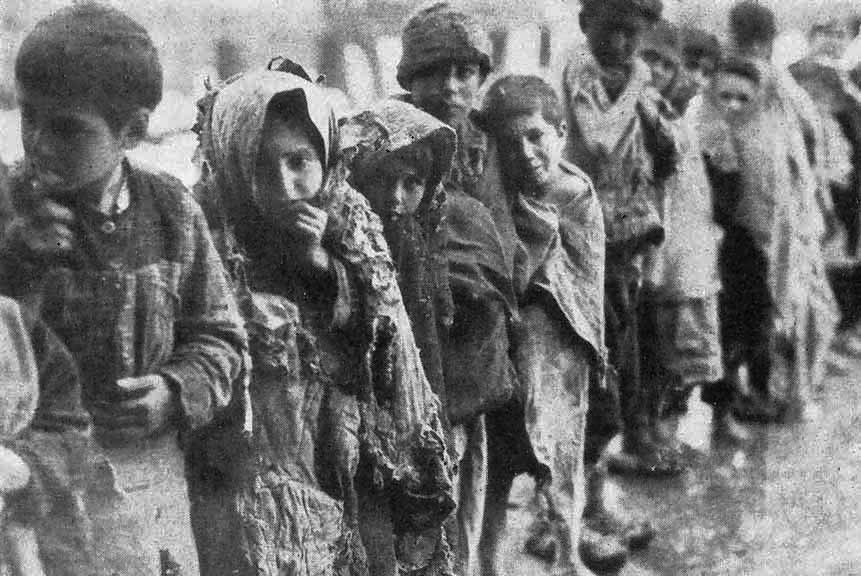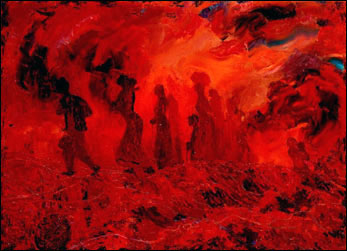 |
| George Bellow's Dempsey and Firpo (1924) |
After reading An Episode in the Life of a Landscape Painter, I chose to remain in Argentina with Martin Kohan's Seconds Out.
Without spoiling the book, Seconds Out is fiction which traces the seventeen seconds of a real fight between boxers Jack Dempsey (American) and Luis Angel Firpo (Argentinian). Yet, this isn't a novel about boxing as much as it is about human weakness and frailty.
All I knew about the Dempsey-Firpo bout of 1923 was the painting by George Bellow. Quite honestly, I always just knew the painting--and never the names of the boxers in it. I had no idea it was of an actual fight or of the significance of the moment.
It is interesting to note that the referee in the painting appears to be counting. Part of the narrative of Seconds Out surrounds controversy that referee Jack Gallagher did not begin counting soon enough. In the novel, a character suggests that Dempsey was knocked down for seventeen seconds--well past the requisite ten for an official knock out, end of fight, upset, and crowning of a new heavyweight champion.
When I look at the YouTube video of the bout, it appears that Gallagher does indeed count once Dempsey lands. Go to the 5:00 mark of the video I included here.
According the novel, the rules of boxing stipulate that once any part of a boxer's body touches the canvas (other than the soles of his feet) it is considered a knock down and a count must begin. Unofficially, I can only get to five or six when I begin counting--at worst, Gallagher is only a second behind my count.
But this is fiction, and like I mentioned, this is not a boxing story. So much more is woven into those seventeen seconds--the relationships between composers Johann Strauss and Gustave Mahler; cellists Otto Stiglitz and Abraham Horischnik; journalists Ledesma and Verani; referee Gallagher and boxer Dempsey; referee Gallagher and boxer Firpo; and several other relationships...including alternate referee Kid McPartland (featured in the painting as one of the two men Dempsey falls on...rendering him incapacitated to count and support Gallagher who for unknown reasons did not count when he should have).
This is the second book I have read by an Argentinian author and I find myself enjoying their style and perspective. As I continue to read at least one book per country on Earth during the Reading the World challenge, I will tempted to finding my way back to more Argentinian novels.








